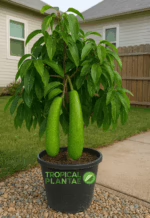
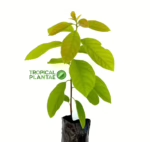
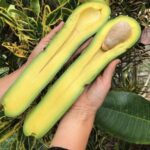

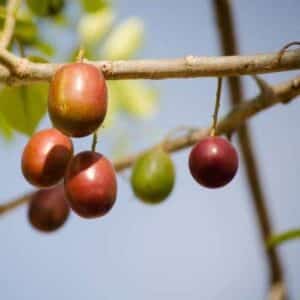
AVOCADO LONG NECK FRUIT TREE ( persea americana )
$70.00 Original price was: $70.00.$34.99Current price is: $34.99.
The Avocado Longneck tree is a remarkable tropical variety that offers you the chance to plant something today that will transform your outdoor space and bring lasting value to your home. Known for producing long, bottle-shaped avocados with rich, creamy flesh, this tree becomes a future source of abundance and beauty. Planting it now means you begin a journey that grows with you, adding purpose, freshness, and natural elegance to your environment. Tomorrow, when you see this young tree settling into the soil, you’ll feel that sense of progress—the feeling that you’re building something meaningful that continues rewarding you year after year.
The Longneck avocado has a distinctive shape that sets it apart. When fully grown, its fruit can be impressively long, with a thick buttery texture inside. Starting with a young tree allows you to enjoy every stage of its development. Tomorrow you’ll admire its new leaves; later you’ll observe the trunk strengthening; eventually, you’ll witness the long awaited moment when the first fruits begin to form. Each step brings satisfaction and adds excitement to your daily routine because you’re watching a tree that changes and grows under your care.
From the very beginning, the tree brings tropical character to your yard. Its broad green leaves and upright growth instantly create a refreshing atmosphere that makes your garden feel more alive. Even without fruit, the tree enhances your space with its evergreen nature, offering shade, movement, and beauty throughout the seasons. The simple act of checking on it each morning becomes a moment of calm and appreciation—something that adds peaceful value to your day.
As the Avocado Longneck matures, it becomes an impressive tree with a full canopy that adds comfort and visual appeal. Planting it today sets the foundation for an outdoor environment that feels more complete, more personal, and more connected to nature. The tree responds positively to sunlight, well-draining soil, and consistent watering during its early years. Tomorrow is just the beginning. In a few months, you’ll see significant growth. In a few years, you’ll have a strong, mature tree ready to reward you with some of the most unique avocados available.
What truly makes this tree special is the fruit you will eventually enjoy. Longneck avocados are known for their exceptional size and quality. The fruit is rich, smooth, and perfect for slicing, preparing meals, or sharing with friends and family. Harvesting an avocado from your own tree adds meaning to simple daily moments and makes everyday meals feel more satisfying. The tree becomes not just part of your garden, but part of your lifestyle.
Growing this variety also brings long-term value. It’s a tree that gets stronger with time, offering a green and vibrant presence every day of the year. Tomorrow, it will be a young tree in your garden. But as the years pass, it becomes a symbol of patience, reward, and natural abundance. Its presence enhances your outdoor living space, adds character to your property, and gives you something to look forward to season after season.
In summary, planting an Avocado Longneck tree is a decision that shapes your future environment in a positive, lasting way. It brings beauty, growth, and anticipation to your daily life. Tomorrow begins the journey—plant it today and enjoy the shade, presence, and remarkable fruit it will offer for many years to come.
| Weight | 15 oz |
|---|---|
| Dimensions | 22 × 4 × 4 in |
| Planting Bag + Soil |
Planting bag + Soil ,I have soil and container |
You may also like…
AVOCADO HASS FRUIT TREE (Persea americana)
Grafted Avocado Long Neck live big fruit tree 12″-24″
AVOCADO MARCUS PUMPKIN FRUIT TREE (Persea americana)
Grafted Avocado marcus (Persea americana) tropical live fruit tree 12”-24”
Grafted HASS Avocado (Persea americana) tropical live fruit tree 12”-24”
Avocado SEMIL 34 FRUIT TREE (Persea americana)
Grafted Avocado Don Ramon (Persea americana) tropical live fruit tree 12”-24”
Grafted Avocado Candelaria (Persea americana) tropical live fruit tree 12”-24”
The Candelaria Avocado grafted tree is a premium variety of avocado known for its high-quality fruit and early fruiting characteristics. Being a grafted tree, it inherits desirable traits from the parent plant, such as superior fruit size, flavor, and consistent yields, while also producing fruit much earlier than seed-grown trees. This makes the Candelaria avocado a sought-after variety among home gardeners and commercial growers alike.

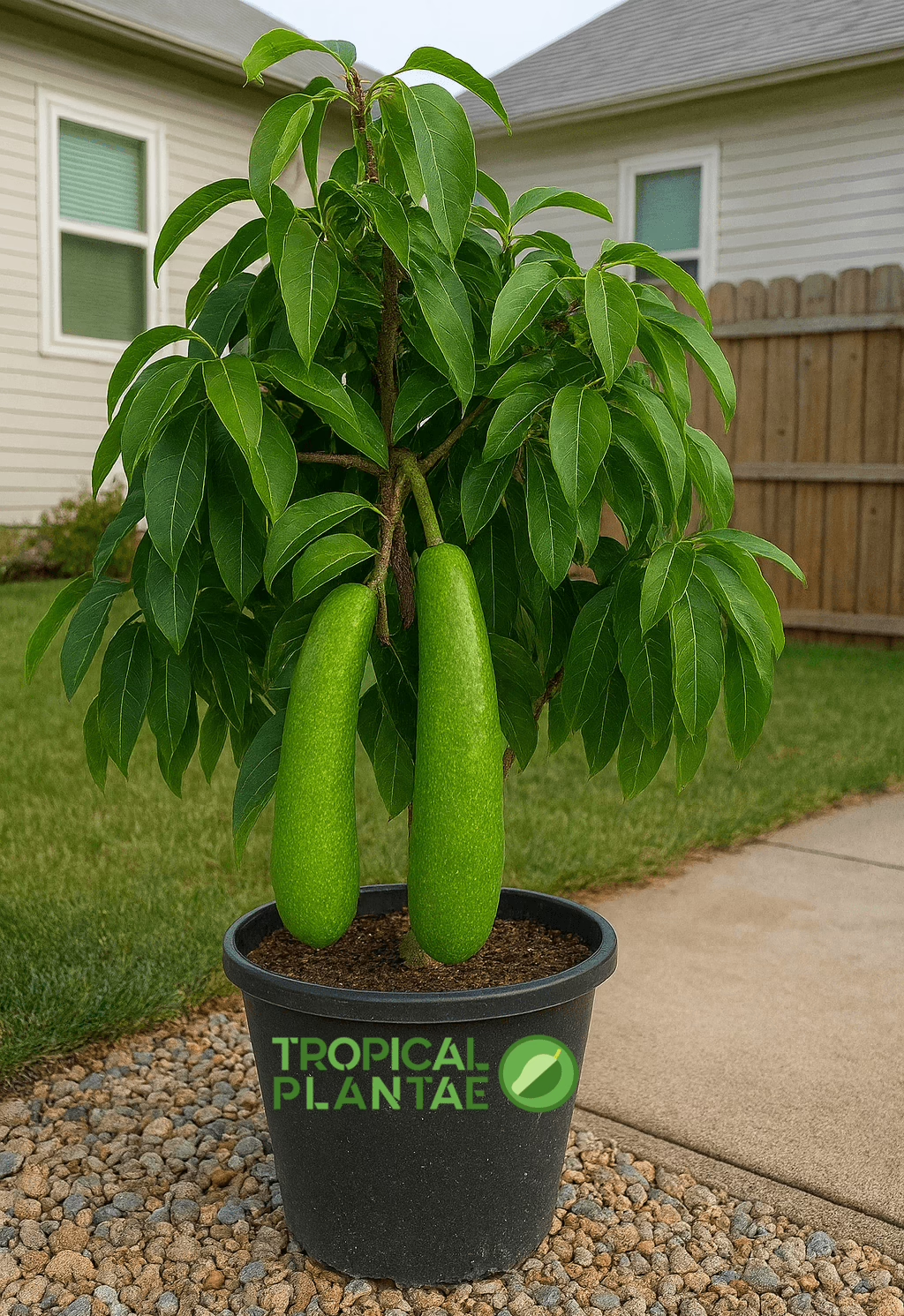
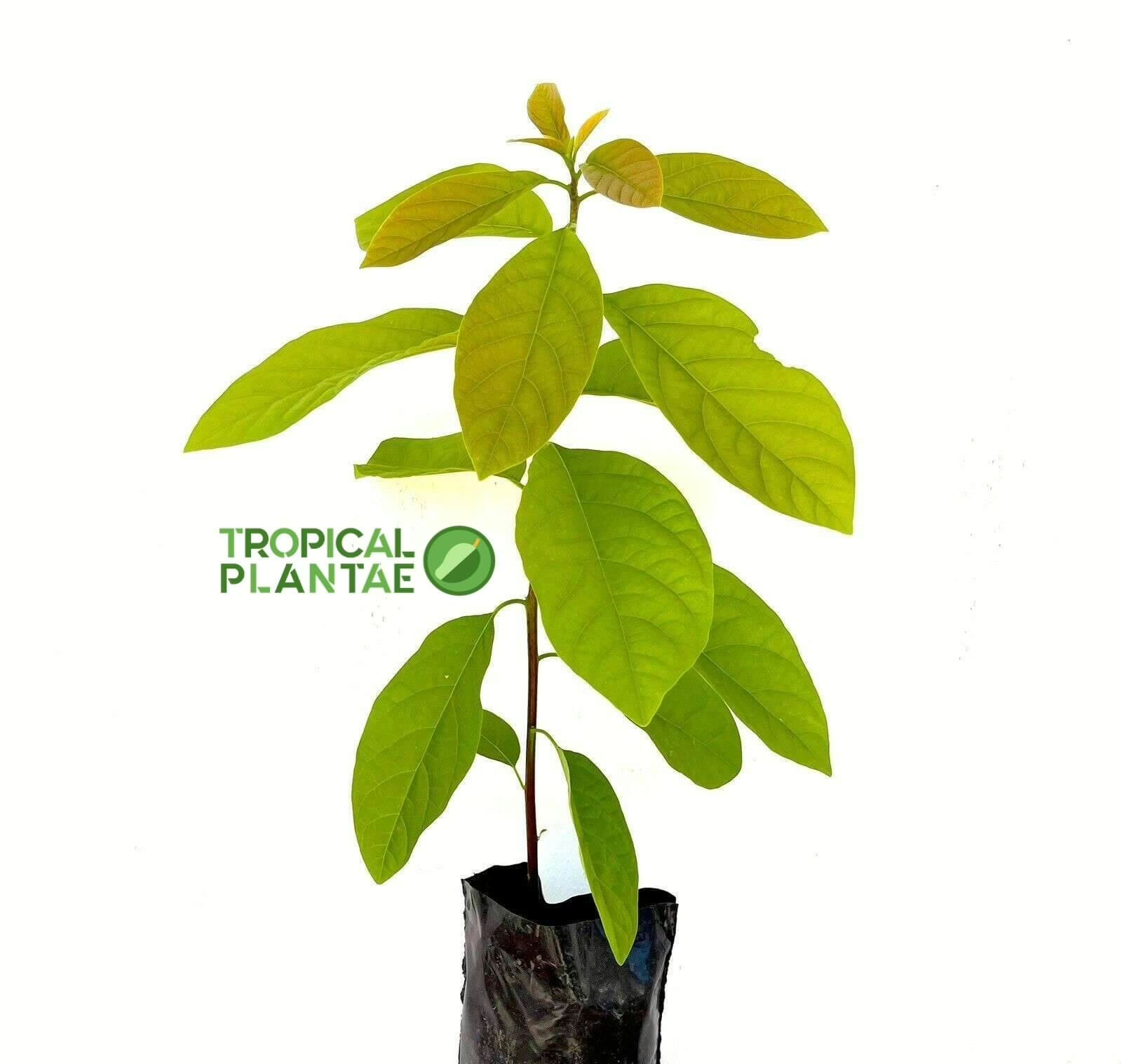
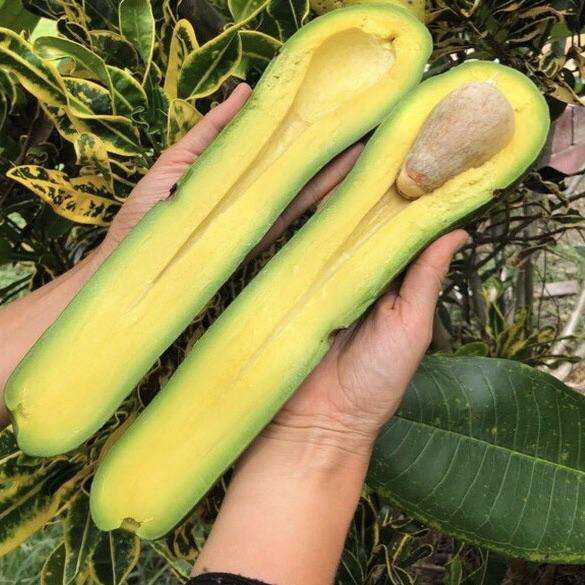
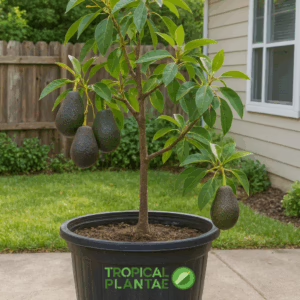
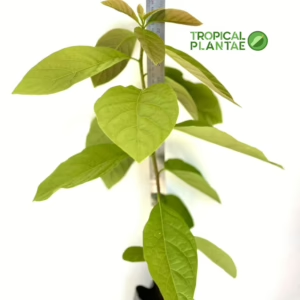


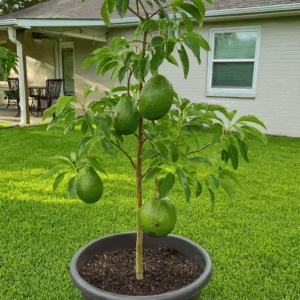
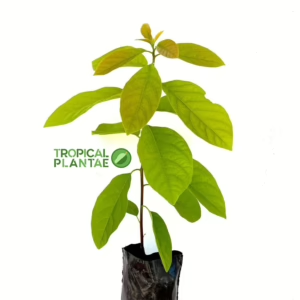
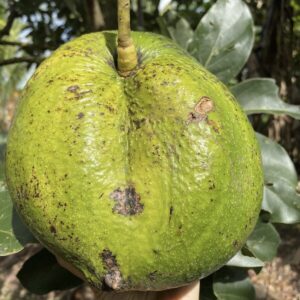
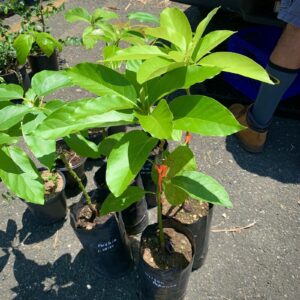
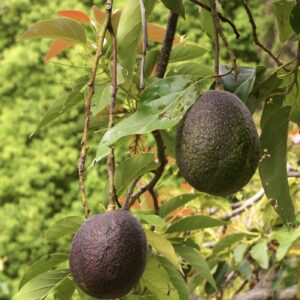

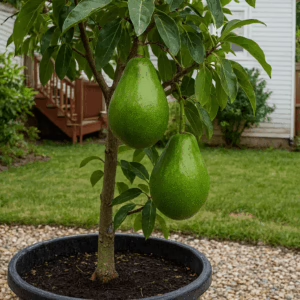
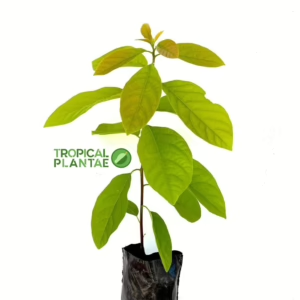
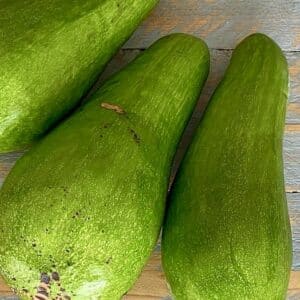
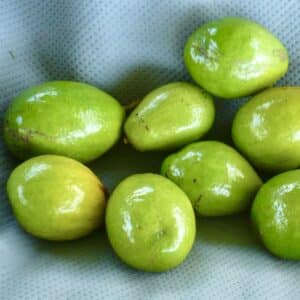



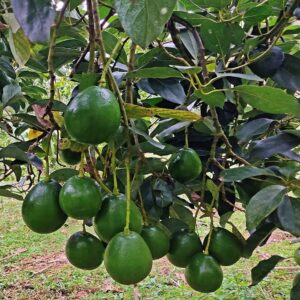
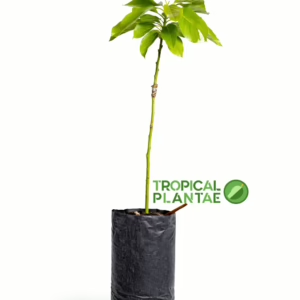
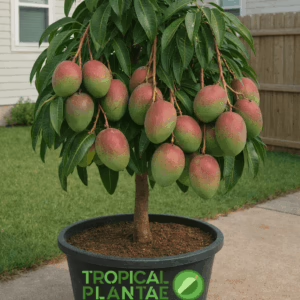
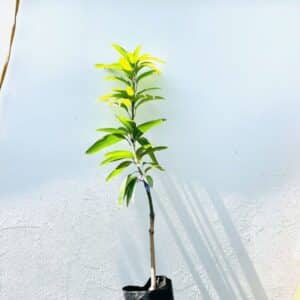


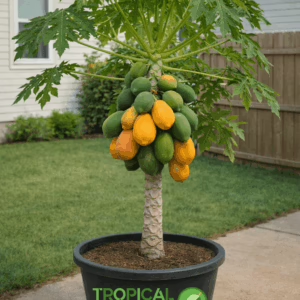



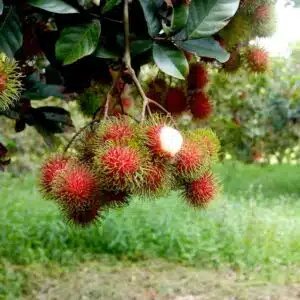
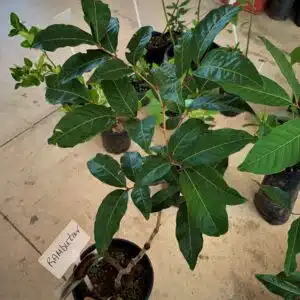
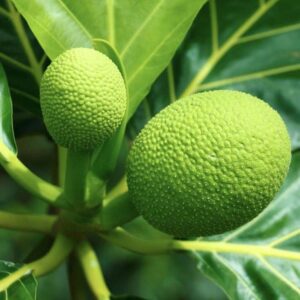
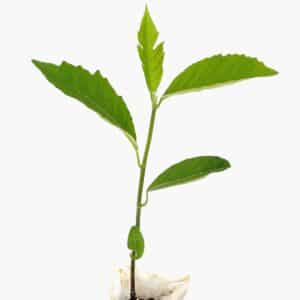
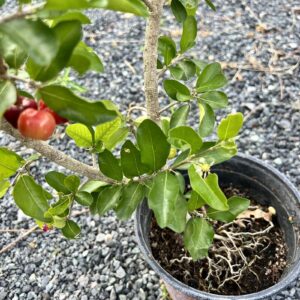
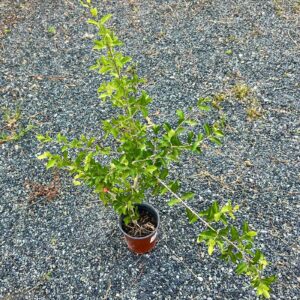

Reviews
There are no reviews yet.